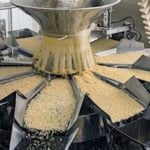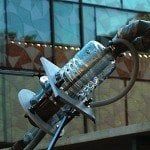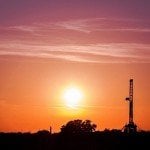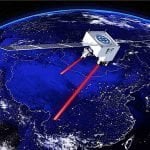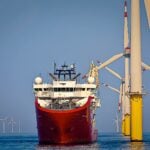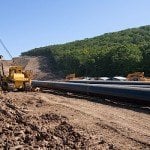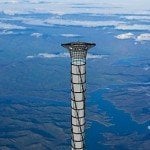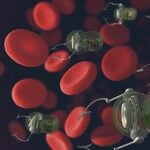Latvian startup company Eventech, working out of their laboratory on the campus of Riga Technical University in Latvia, are advancing aerospace technology in a way that could one day save the planet from a catastrophic asteroid impact.
Eventech’s handmade high-precision timers have already been in use for a number of years now in observatories around the world as a means for tracking satellites orbiting the planet [1]. These timers work by measuring the amount of time it takes for an impulse of light to reach a distant object and travel back to the timer in picoseconds (one trillionth of a second). From this measurement, the high-precision timer can then generate a distance measurement accurate up to 2mm that can be used to describe the object’s trajectory.
The success of the company’s timers in tracking orbiting objects earned them a contract from the European Space Agency (ESA) earlier in 2020 to develop a similar device known as a Deep Space Event Timer that can track the trajectory of celestial objects such as asteroids. These devices would be instrumental in calculating the trajectories of incoming asteroids and where the point of no return is in their trajectories with earth, as well as providing an effective means for monitoring the success of asteroid redirection missions.
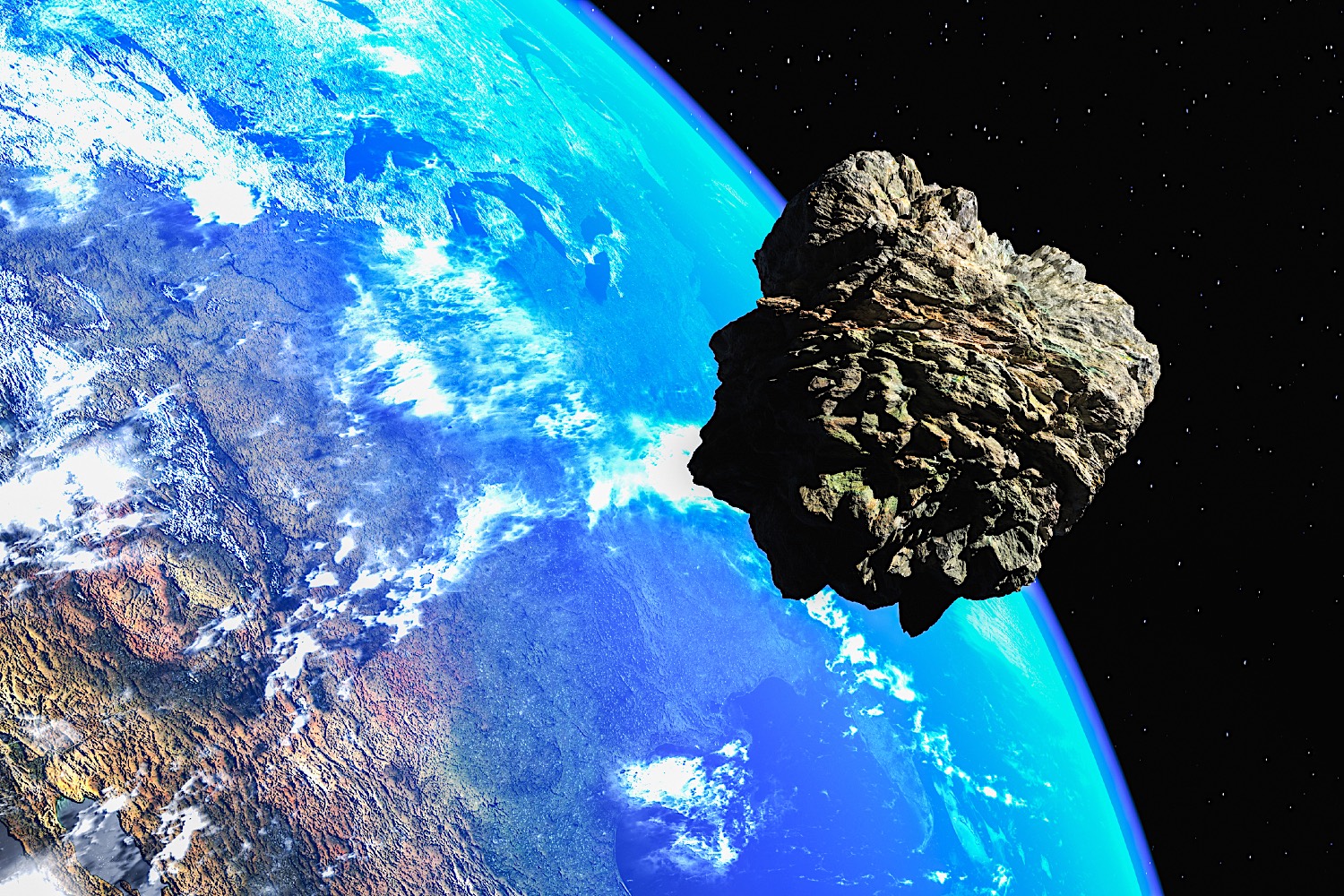
Although Eventech’s deep space event timer is still in development, it is already scheduled to take part in the joint Asteroid Impact and Deformation Assessment (AIDA) mission that will be carried out between NASA, the ESA, and SpaceX. The first stage of the mission will begin in July 2021, with NASA and SpaceX flying a 500kg probe to a nearby kilometer-wide asteroid known as Didymos [2]. Luckily, Didymos is not on a direct path to hit Earth, but its close proximity provides scientists with the perfect opportunity to test and develop asteroid-deflection techniques for future scenarios. The Double-Asteroid Redirection Test (DART) probe will crash into the Didymos asteroid, altering its current trajectory.
Eventech’s Deep Space Event Timer will then be deployed on the ESA’s follow-up HERA mission in 2026, tracking any deviations the asteroid makes from its original course as a result of the impact with the probe. Data from this mission will be instrumental in developing future planetary defense missions [3]. The asteroid is projected to make its closest pass to Earth sometime in the year 2123.
Currently, Eventech is producing 10 of their satellite-tracking timers per year, a task that requires high attention to detail since each unit is handmade and mainly utilizes analog parts. The company prefers analog over digital parts since microchips can take nanoseconds to compute a signal, a factor which would interfere with the pico-second measurements that set this company’s products apart from others on the market.
In an interview with AFP, Eventech engineer Imants Pulkstenis remarked that “our updated technology has to withstand extreme temperatures in space and extreme cosmic radiation. It’s a fun challenge” [4].
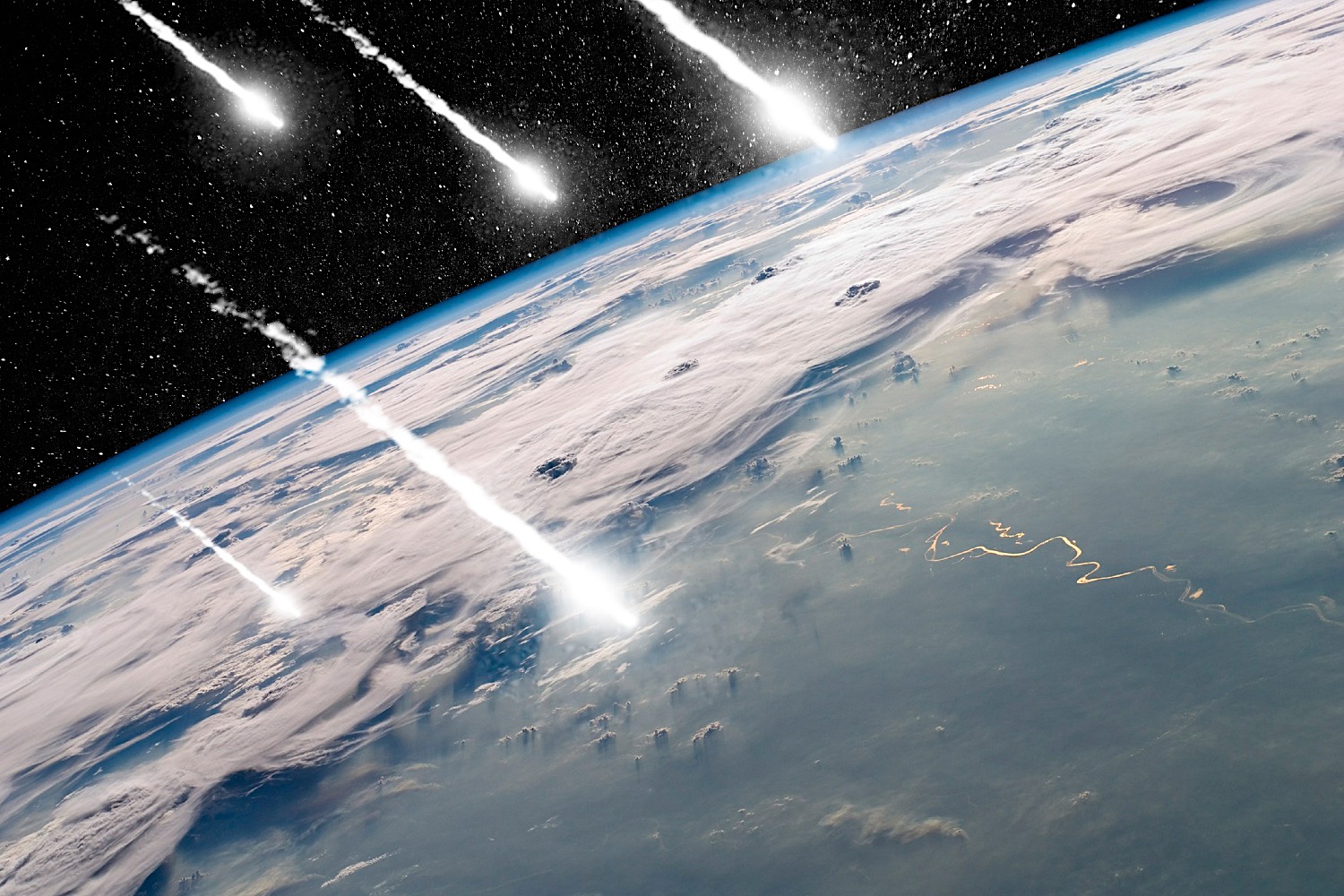
Notes
- Source: ‘Latvian Lab develops technology to help Earth avoid asteroids’, Technology Shout
- Source: ‘What is the Hera, DART planetary defense mission?’, DW Deutsche Welle
- Source: ‘Applications’, ESA Space.TimeTag KG
-
Source: ‘Latvians look to help Earth dodge asteroids’, Taipei Times


